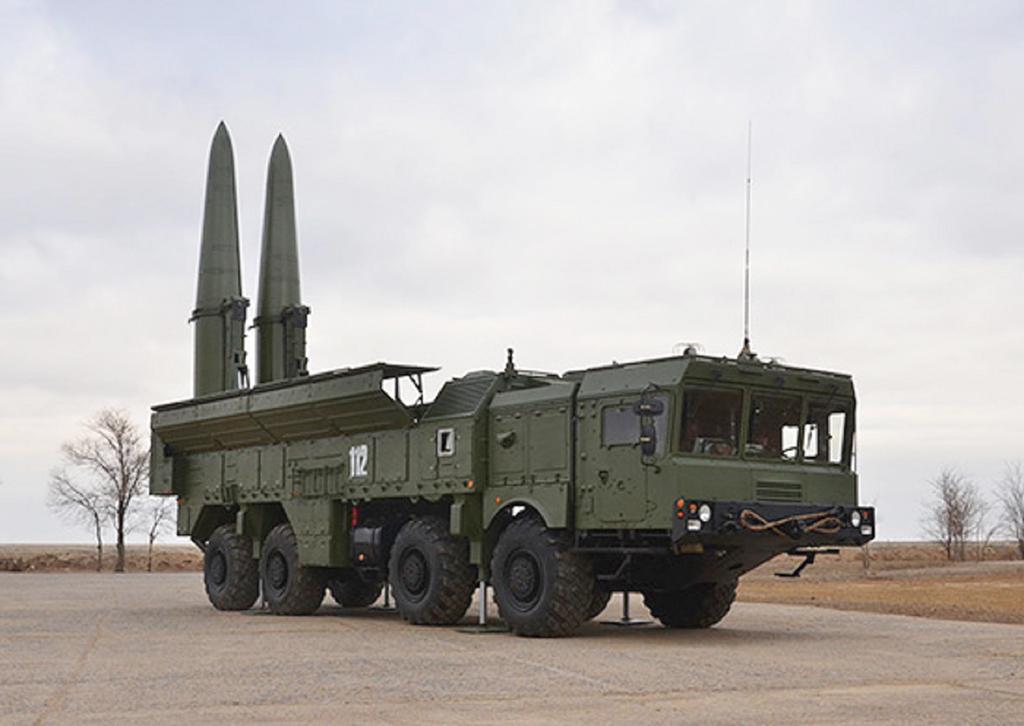The Weekly Debrief: What Happened In First Hour Of Russia’s War With Ukraine?

Credit: Russian Defense Ministry
Russia’s missile forces, long-range aviation and tactical aircraft had a clear mission at 4:30 a.m. in Ukraine on Feb. 24. Arrayed around Ukraine stood an opposing air force fielding a few dozen operable fighters, a handful of Turkish-supplied TB-2 Bayraktars and an air defense system composed...
Subscription Required
This content requires a subscription to one of the Aviation Week Intelligence Network (AWIN) bundles.
Schedule a demo today to find out how you can access this content and similar content related to your area of the global aviation industry.
Already an AWIN subscriber? Login
Did you know? Aviation Week has won top honors multiple times in the Jesse H. Neal National Business Journalism Awards, the business-to-business media equivalent of the Pulitzer Prizes.





